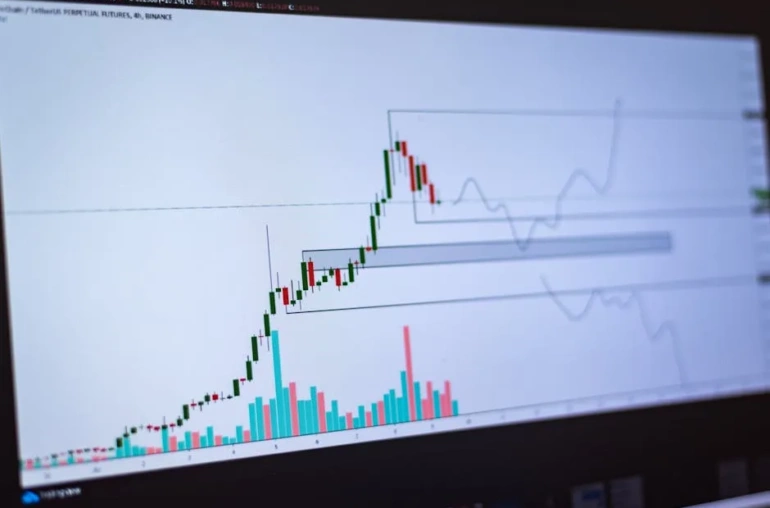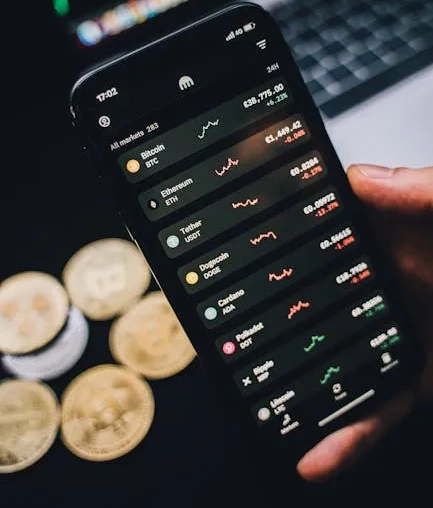
Unlocking Wall Street: How Tokenization is Transforming Real-World Assets
In an era where regulators are demanding greater transparency and asset managers are constantly seeking efficiency, the convergence of traditional finance and blockchain technology has never been more timely. The tokenization of real-world assets (RWAs) is emerging as a revolutionary force that could reshape Wall Street and the broader financial landscape.
The Case for Transparency
As the financial industry grapples with complex regulatory requirements, the call for transparency becomes increasingly critical. Regulators around the globe are pushing for systems that provide clear visibility into asset ownership and transaction history. This is where blockchain technology shines. By utilizing a decentralized ledger, blockchain offers an immutable record of transactions, ensuring that all parties involved have access to the same verified information.
This transparency not only satisfies regulatory demands but also builds trust among investors. In an environment where skepticism can run high, the ability to track and verify assets in real time is a game-changer. Investors can feel confident that the assets they are buying and selling have been accurately represented, reducing the risk of fraud and misinformation.
Efficiency Through Tokenization
Tokenization refers to the process of converting real-world assets into digital tokens that can be traded on a blockchain. This process enhances efficiency in several ways. First, it reduces the friction often associated with traditional asset transactions, such as lengthy paperwork and intermediaries. By streamlining these processes, tokenization allows for faster transaction speeds and lower costs.
Moreover, tokenized assets can be fractionalized, meaning that investors can buy and sell fractions of high-value assets, such as real estate or fine art, rather than needing to purchase the entire asset. This democratizes access to investment opportunities, allowing a broader range of investors to participate in markets that were previously out of reach.
Institutional Adoption on the Horizon
As blockchain technology matures, institutions are beginning to recognize the potential of tokenization. Major financial players are exploring ways to incorporate RWAs into their portfolios, with many already experimenting with pilot programs. The potential for increased liquidity and the ability to tap into global markets are driving this interest.
Furthermore, the rise of decentralized finance (DeFi) platforms complements the push for tokenization. These platforms allow for innovative financial products and services that can leverage tokenized assets, creating new revenue streams and investment opportunities for institutions.
Challenges and Considerations
Despite the promising outlook for tokenization, challenges remain. Regulatory clarity is still evolving, and institutions must navigate a complex landscape of compliance and legal considerations. Additionally, the technological infrastructure required to support widespread tokenization is still being developed, which may hinder immediate adoption.
However, as industry leaders and regulators continue to collaborate, the path forward appears bright. The potential of tokenizing RWAs as a transformative force on Wall Street cannot be overlooked.
Conclusion
Tokenization represents a significant step forward in the evolution of finance. By delivering transparency and efficiency, blockchain technology has the capacity to unlock new opportunities for institutions and investors alike. As we continue to witness the integration of RWAs into the blockchain ecosystem, it is clear that this innovative approach could very well be the institutional moonshot that reshapes the financial landscape for years to come.



